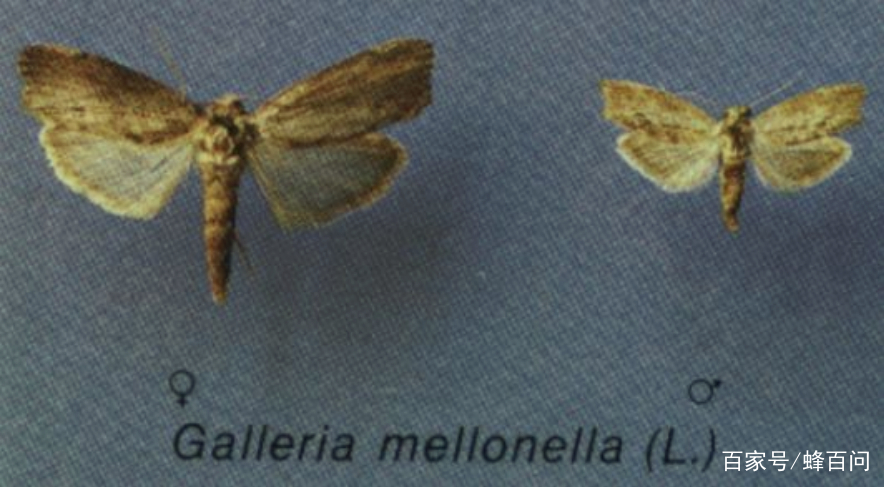The great wax borer, commonly known as the nest worm, belongs to the order Lepidoptera, a family of moths.

According to Agence France-Presse reported on the 24th, Federica Bertokini, a biologist at the School of Biomedicine and Biotechnology in Cantavria, Spain, accidentally made this discovery at home.
When she cleaned the hive, she used a plastic bag to pack together the bugs that stole beeswax in it, but she did not expect that "after a while, I saw that the bag was full of holes, and the bugs crawled everywhere."
After research, it was found that the large wax borer can digest and decompose polyethylene, and an active decomposer that decomposes polyethylene plastic is currently being developed according to this phenomenon.
For beekeepers, the large wax borer is a major pest because its natural food is the bee's house material - beeswax.
They are particularly harmful to medium bees. The large wax borer only feeds on the nest spleen at the larval stage, endangering the lid of the bee colony, often causing the "white-headed pupae" in the bee colony, which is cleared away by the worker bees, and even the barely feathered young bees will be trapped in the nest room due to the silk thread at the bottom of the house.
Large wax borer infestation, often occur in the environment of 30 degrees to 35 degrees, studies have shown that the large wax borer is not adapted to the bee's newly created nest, so the old nest spleen should be replaced in time, and the swarm of weak bees, because of poor resistance, is easy to be invaded.
(1) Maintain strong groups: strong groups, draw out excess nest spleen dense group posture (2) clean the nest box: wax chips; nest worm egg blocks, larvae and pupae (3) use the new spleen (4) timely pounce into the moth
(1) Physical control: bee bee tools or bee products (such as nest honey)
Frozen treatment, frozen at -6.7 °C for 4.5h, -12.2 °C for 3h or -15 °C for 2h treatment, can kill the large wax borer in each stage.
In addition, methods such as blister spleen, water immersion beehive, and frame ear blocker can also reduce the harm of nest insects
(2) Chemical control
Pharmacy treatment is mainly for the stored nest spleen, and the control of drugs in the bee colony is quite difficult. Fumigation with 36mg/l ethylene oxide on the nest spleen for 1.5h, or fumigation with 0.02mg/l dibromoethylene for 24h, can kill the large wax borer of each stage. In addition, commonly used drugs for smoking wax borer are carbon disulfide, glacial acetic acid, sulfur (sulfur dioxide), calcium cyanide, methane and p-dichlorobenzene.
(3) Biological control
The most promising biological control of the large wax borer is the use of Bacillus thuringiensis. Spraying bee colonies or impregnating nest foundations with Bacillus thuringiensis can control large wax borers. According to studies, this bacillus and its venoms do not have any adverse effects on the treated colonies